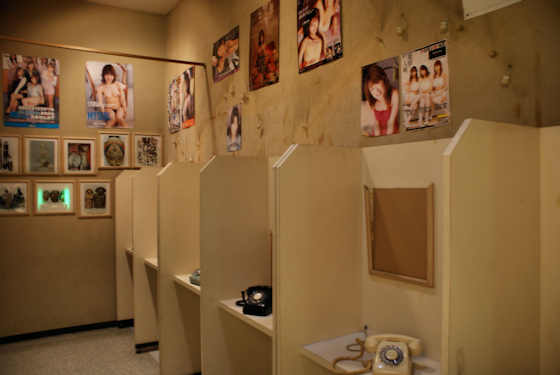Now called Hatten Shrine, until the Meiji Period it was known as Hattengu Shrine, 8 Tengu Shrine. It is said the original was established in the mid-7th century as a centre for Shugendo, the eclectic mountain-worshiping religion that was very influential in historical Jaan.
The current shrine is said to have been re-established here at the base of the mountain in 1222. The stone bridge, the only example of this style of bridge in Saga from the Edo period, is commonly referred to as a "spectacles bridge" even though there is only one arch.
Very unique was the "triple torii", a torii with two smaller torii attached to either side. I have seen other examples of this style, notably around Miwa in Nara, but this one used square stone pillars rather than cylindrical.
The shrine is now famous for fire safety, and the primary kami is Hino Kagutsuchi, the kami of fire. Also enshrined is Susano'o and the 8 kami of Kagutsuchi. When Izanami gave birth to Kagutsuchi she suffered burns that killed her. Izanagi killed him and from his blood, 8 kami strongly associated with swords were born, and from other parts of his corpse, a further 8 kami associated with mountains were born.




































































